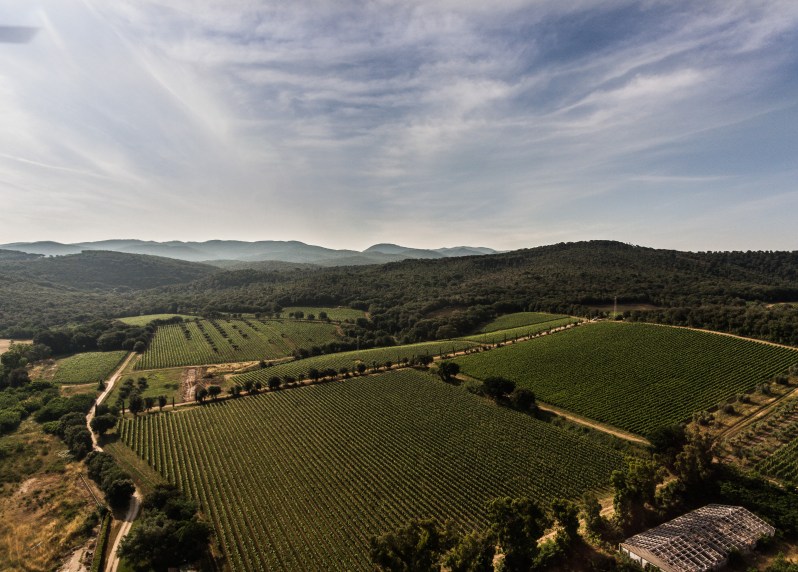
Italy. Land of ridiculously gorgeous people, always perfect pasta, a rich, complex history, and heavenly lush vineyards boasting a superabundance of the world’s finest wine. It’s no secret that Italy is the mecca of impeccably crafted wine. When overcome by almost any Italian fantasy, there is, undoubtedly, wine present. Lunching at a small corner cafe overlooking the Trevi Fountain? Incomplete without a light and effervescent Moscato d’Asti. Dining on beautiful, freshly crafted Tagliatelle just outside the Uffizi Gallery? Of course, the Chianti is just as important as the pasta. And no Italian countryside picnic is complete without a few bottles of savory Sangiovese.
With over 540 officially recognized native Italian wine grape varieties growing throughout the country, Italy’s wine grape biodiversity is absolutely unparalleled. These varieties grow peppered throughout Italy’s impressive 20 wine regions, each beautifully unique and distinct, characteristic of their varied climates and weather patterns. But with climate change now an ever-present threat, those weather patterns are becoming more frantic and unpredictable, forcing wineries to consider potential change after years of tradition.
One such winery is Argentiera, which is located at the southern tip of Castagneto Carducci along the gorgeous Tuscan coast. Argentiera’s prestigious offerings include an impressive array of bottles, from a fresh and floral Rosato to a cabernet-rich Poggio ai Ginepri, prized for its distinctive Mediterranean character. But it’s the newest vintage, the Villa Donoratico Bolgheri DOC Rosso 2021, that has them the most excited. This new red wine is a blend of cabernet sauvignon, merlot, cabernet franc, and Petit Verdot, and its intriguingly rich and sophisticated notes can be attributed to … climate change?

2021’s unusually dry weather conditions apparently gifted the Bolgheri DOC Rosso with a fresh and pleasant character unlike any other vintage yet created. “It was a short harvest that began on September 2 and ended on October 1, bringing in excellent results and proving the continuous productivity of Argentiera vineyards. All varieties have performed well despite the lack of rainfall throughout the maturation period, an unusual phenomenon for the Bolgheri coast. Nevertheless, the scarce rain has allowed the harvest of healthy and perfectly ripe grapes,” said Nicolò Carrara, a winemaker at Argentiera.
Argentiera’s general manager, Leonardo Raspini, added, “In 2021, we increasingly focused on agronomic practices. In particular, we implemented soil management techniques aimed at preserving the organic component. These interventions were directed at strengthening the vines’ resilience to the ever more complex climatic conditions.”
The Villa Donoratico 2021, particularly, has benefitted from this drier turn of events. Its balanced intensity and complexity pair elegantly on the palate. It starts strong with aromas of red fruit that blend perfectly with the following spicier notes. The touch of Mediterranean mint that has merely kissed previous bottles is much more present and integrated into this particular vintage.
So while climate change is very much a real and present danger, especially for those in the increasingly panicked agricultural communities spread all over the world, it’s beautiful to see a company set on letting nothing stand in its way.



